If the Sun were no longer a ball of fire, within a year, a large number of plants and animals would die from cold or starvation, and humans would also face the same situation.
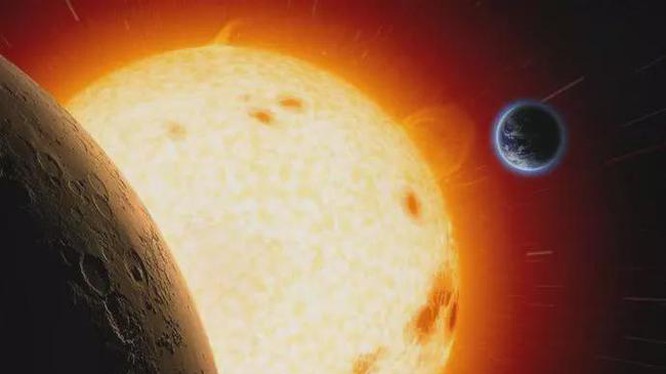
What’s the first thing you do when you wake up in the morning? Many people went to the windows and opened the curtains to let the morning sunlight warm their faces. Nothing can brighten up your day like the sun’s rays.
It’s easy for people to enjoy the sunshine. Whether it’s playing on the beach on a summer day or sunbathing by the pool, we all love the warmth of the Sun. Even in cool weather when the seasons alternate, a ray of sunshine on a chilly day is enough to warm people’s hearts.
Have you ever wondered: How important is the Sun to people on Earth? What would happen if the Sun suddenly disappeared? In other words, if the Sun suddenly goes out, what should we do?
1. The importance of the Sun
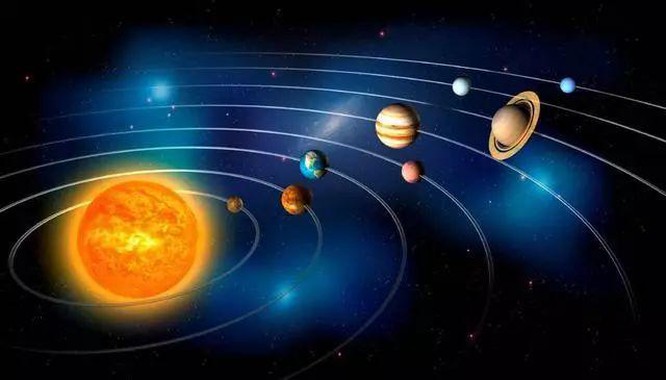
The Sun is the star at the center of the solar system, also an ideal sphere interwoven with hot plasma and magnetic fields, accounting for more than 99% of the mass of the entire solar system.
The Sun’s diameter is 109 times that of the Earth, and its mass is equivalent to 1.3 million Earths. In terms of chemical composition, 3/4 of the main material that makes up the Sun is hydrogen, and the rest is mostly helium, oxygen and other elements.
The Sun consumes about 4 million tons of matter per second. The energy it produces is equivalent to simultaneously exploding 91 billion or 1 million tons of thermonuclear bombs in one second. If converted into heat, humans would need to burn it. 130 million tons of coal.
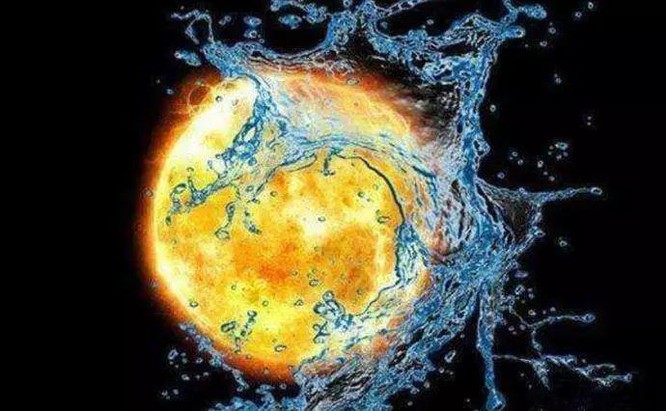
Someone once hypothesized that if the Earth’s surface were suddenly covered with a layer of ice 1,000 km thick, then under the sun’s rays, it would only take us an hour for this layer of ice to completely disintegrate.
The Sun’s interior temperature exceeds 20,000 degrees, while the surface temperature is about 5,700 degrees. The melting temperature of steel is 1700 degrees, so just bring the steel close to the Sun, it will evaporate immediately.
The Sun’s powerful energy source comes from nuclear fusion reactions that take place continuously inside, which also makes the Sun look like a “fireball”.
2. If one day, the Sun suddenly “extinguishes its fire”, what will happen to people?
The huge mass of the Sun attracts all the other planets in the solar system. Even though the Earth and other planets move extremely fast in space, the existence of the Sun still helps them orbit the Sun. If the Sun suddenly disappears, the Earth and other planets will continue to move forward, flying into outer space in a straight line.
No one knows what will happen, but what is certain is that people on Earth will quickly be lost in space!
Of course, without the Sun, humans and creatures would not be able to exist. Scientists have researched the origin of Earth’s species and shown that the perfect position of the Earth and the Sun is the main factor creating the conditions for life to exist on Earth.
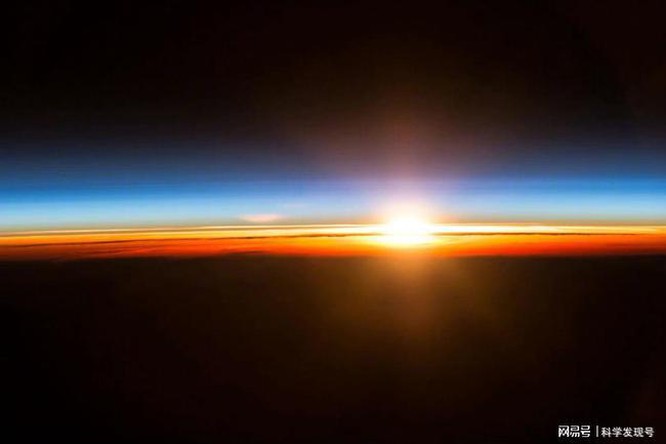
So if the Sun suddenly goes out, what will life on Earth experience? Because it takes eight and a half minutes for light from the Sun to reach Earth, we won’t immediately notice a sudden change in the Sun. Nine minutes later, we will find ourselves in complete darkness.
If darkness were to cover the Earth, the Moon would disappear immediately. Why? The Moon does not have the ability to emit its own light, it is just a mirror reflecting sunlight. If we stand from the Moon and observe the Earth, we will see that it is very bright because it receives light from the Sun.
The same is true for many other celestial bodies in the sky, like planets, which can only be seen thanks to the reflection of sunlight.

Without heat from the Sun, the Earth would soon become colder. Luckily, the Earth retains heat quite well, and humans won’t freeze immediately.
Although no one knows exactly what will happen, scientists have predicted that average surface temperatures will drop below 0°F (about -17.8°C) in about a week. Many people may have experienced such temperatures during the cold winter months.
The problem is that temperatures will continue to drop steadily. Within a year, the average surface temperature will be much lower than -100°F (about -73.3°C)! At that time, the surface layers of the world’s oceans will freeze.
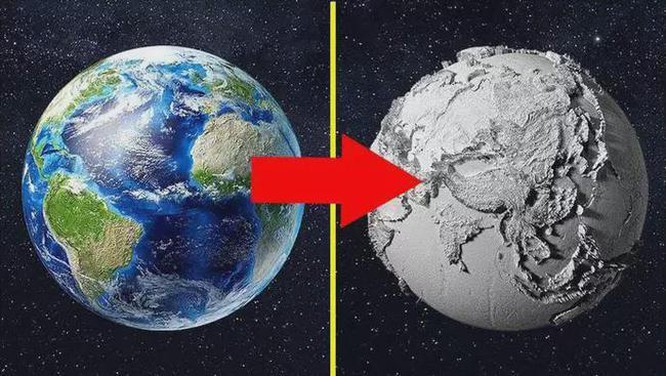
Although the sea’s frozen surface layer separates the deep water below and keeps it liquid for hundreds of thousands of years, deep water eventually freezes when Earth’s average surface temperature reaches -400° F (-240°C). The atmosphere would also freeze and collapse at that point, exposing survivors to direct harsh cosmic radiation.
Without sunlight, all photosynthesis on Earth would stop. All plants will die, and eventually, all herbivores – including humans – will die as well. Although some humans can survive for days, months or even years, it will eventually become impossible to sustain life on Earth when the Sun “goes out”.





